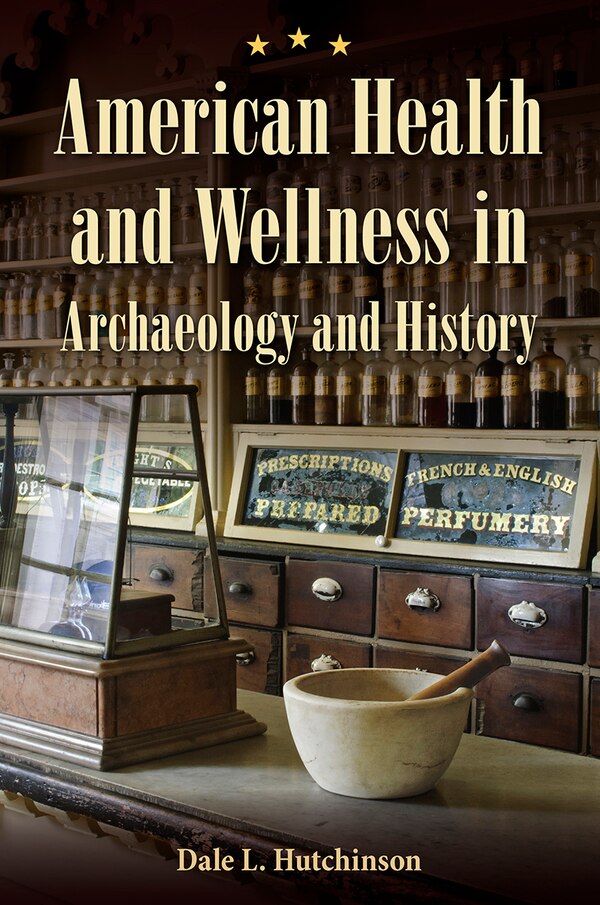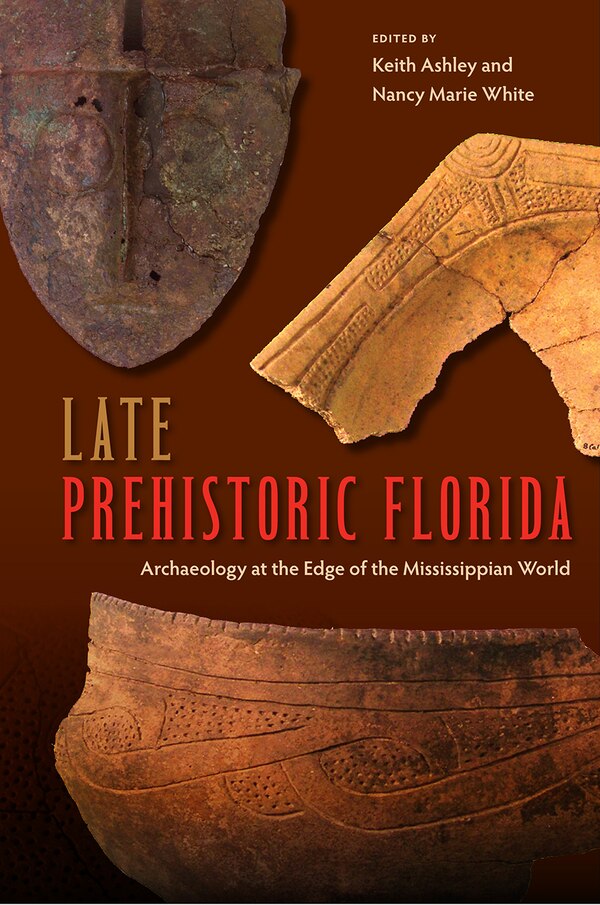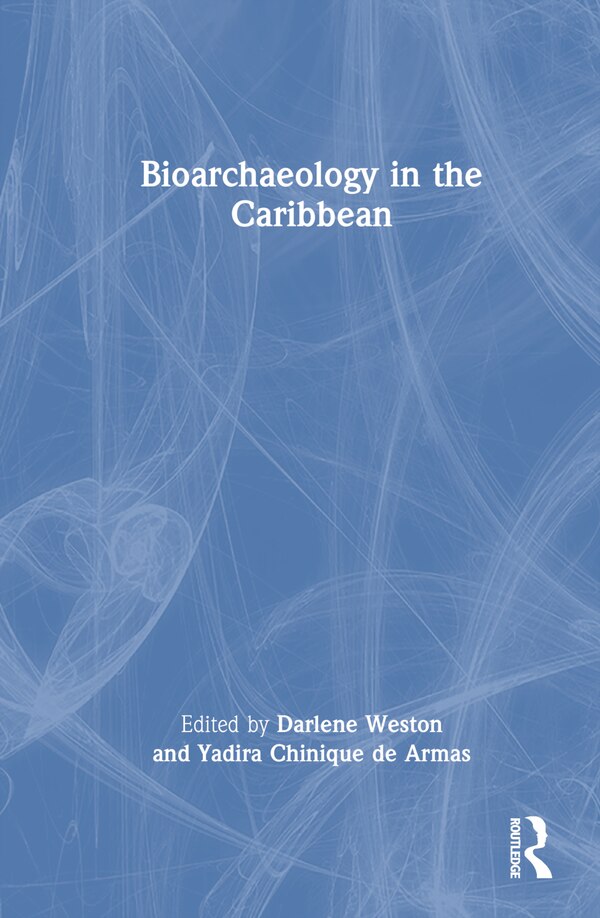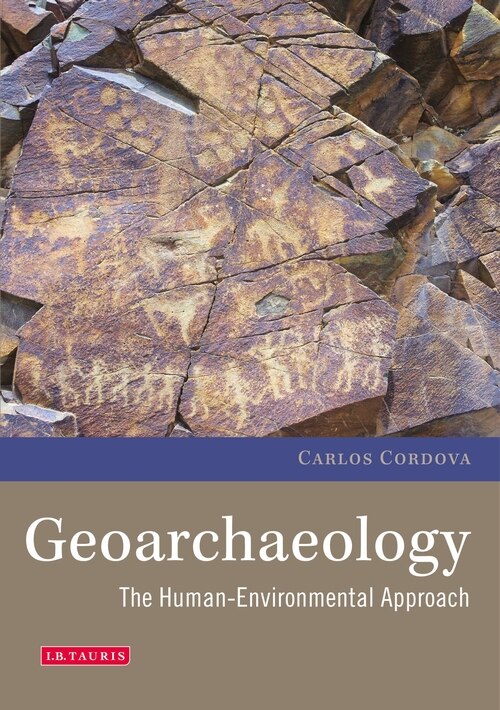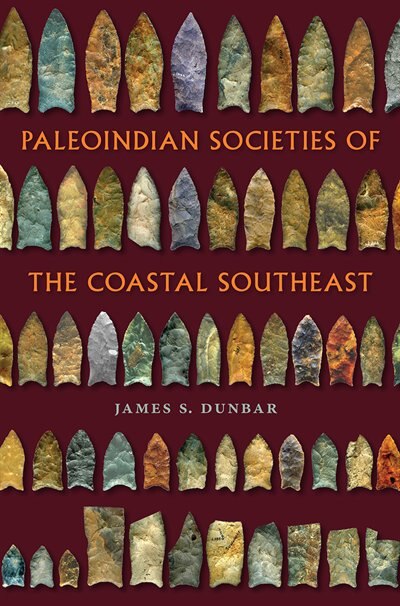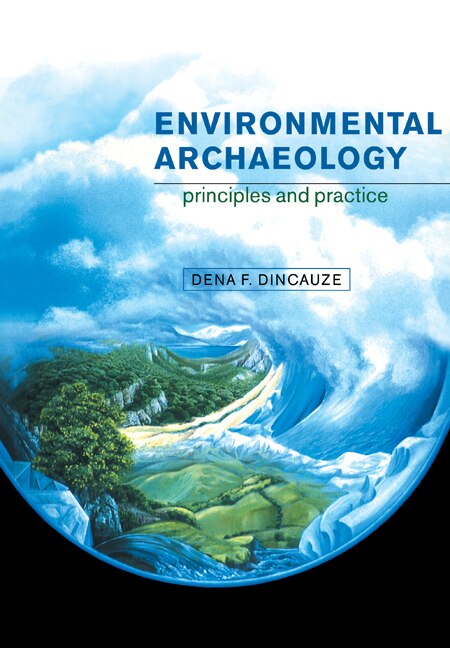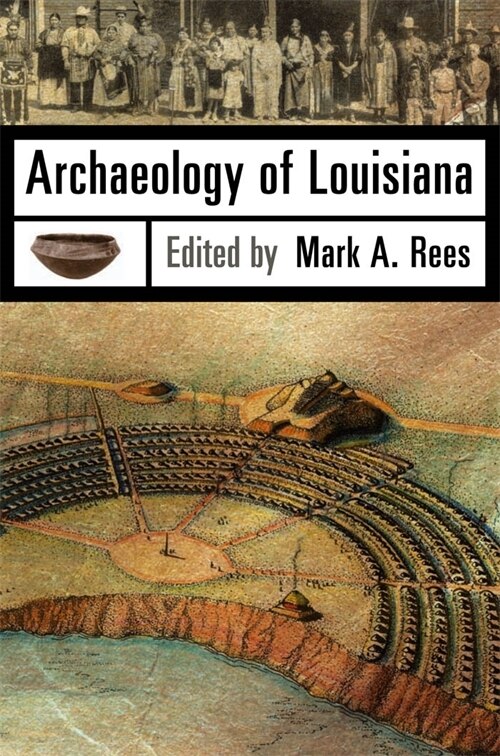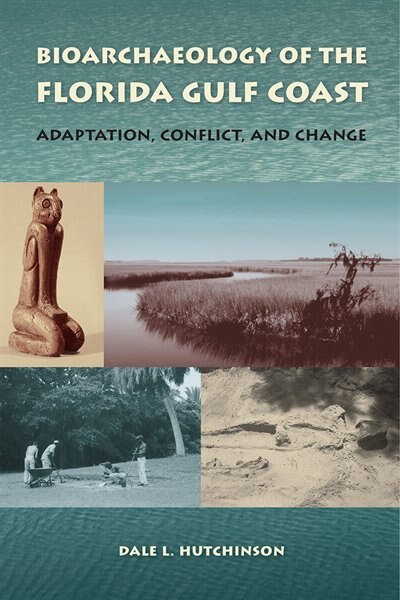
Compare Bioarchaeology Of The Florida Gulf Coast by Dale L. Hutchinson, Paperback | Indigo Chapters
Dale L. Hutchinson
$34.46
In Bioarchaeology of the Florida Gulf Coast, Dale Hutchinson explores the role of human adaptation along the Gulf Coast of Florida and the influence of coastal foraging on several indigenous Florida populations. The Sarasota landmark known as Historic Spanish Point has captured the attention of historians and archaeologists for over 150 years. This picturesque location includes remnants of a prehistoric Indian village and a massive ancient burial mound- known to archaeologists as the Palmer Site-that is one of the largest mortuary sites uncovered in the southeastern United States. Interpreting the Palmer population (numbering over 400 burials circa 800 A. D.) by analyzing such topics as health and diet, trauma, and demography, Hutchinson provides a unique view of a post-Archaic group of Indians who lived by hunting, collecting, and fishing rather than by agriculture. This book provides new data that support a general absence of agriculture among Florida Gulf Coast populations within the context of great similarities but also substantial differences in nutrition and health. Along the central and southern Florida Gulf Coast, multiple lines of evidence such as site architecture, settlement density and size, changes in ceramic technology, and the diversity of shell and stone tools suggest that this period was one of emerging social and political complexity accompanied by population growth. The comparisons between the Florida Gulf Coast and other coastal regions illuminate our understanding of coastal adaptation, while comparisons with interior populations further stimulate thoughts regarding the process of culture change during the agricultural era. A volume in the Florida Museum of Natural History: Ripley P. Bullen Series | Bioarchaeology Of The Florida Gulf Coast by Dale L. Hutchinson, Paperback | Indigo Chapters

